We work on metals of human health concern in soils, (1) developing methods to identify metal distribution and human health risk and (2) evaluating mitigation practices to reduce soil bioavailability to humans (direct exposure) and to reduce crop uptake (indirect exposure). Our major metals of focus are lead (Pb), copper (Cu), and cadmium (Cd), which we are currently studying across four continents.
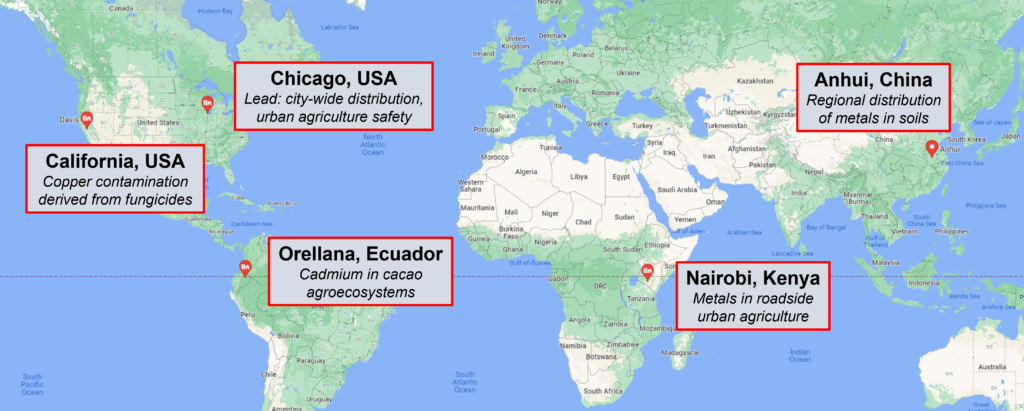
Chicago Safe Soils Initiative. In collaboration with University of Illinois Extension, Advocates for Urban Agriculture, and stakeholders, we evaluated soil Pb distribution and crop uptake in urban agriculture in the Chicago metropolitan region. By establishing where, how much, and what kind of heavy metals may be present in urban soils being used to grow food crops, this work provides first step in the evaluation of soil contaminant risks to urban food production systems. To date, we have identified widespread Pb contamination across Chicago (11x above geogenic concentration of 20 mg/kg) and demonstrated the potential of novel phosphate-based immobilization amendments, including locally produced struvite, to mitigate Pb bioaccessibility to humans and plants in urban agriculture. These results are readily available via open-access publications and MapMyEnvironment, and have been featured in radio and TV news venues.
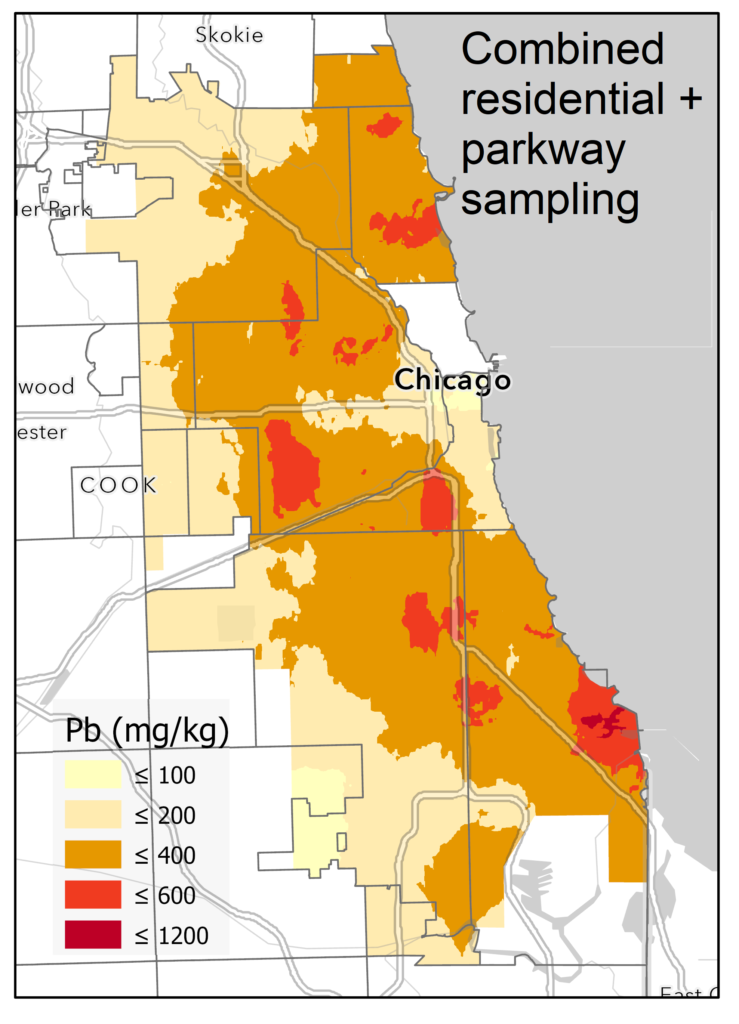
Soil metal contamination in Nairobi urban agriculture. Sukuma wiki (Brassica oleracea cv. Acephala) is cultivated across the rapid urbanizing capital of Kenya, including in soils at risk of heavy metal contamination due to industrial activities. This project evaluates relationships between soil heavy metal concentrations and heavy metal uptake by a commonly consumed leafy vegetable across a traffic gradient in northern Nairobi metro region.
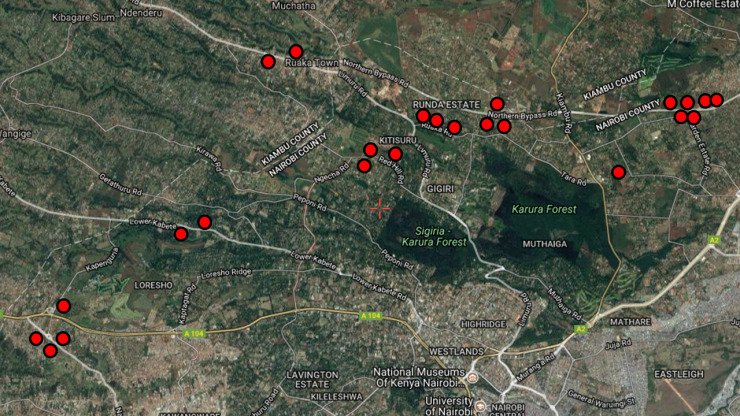
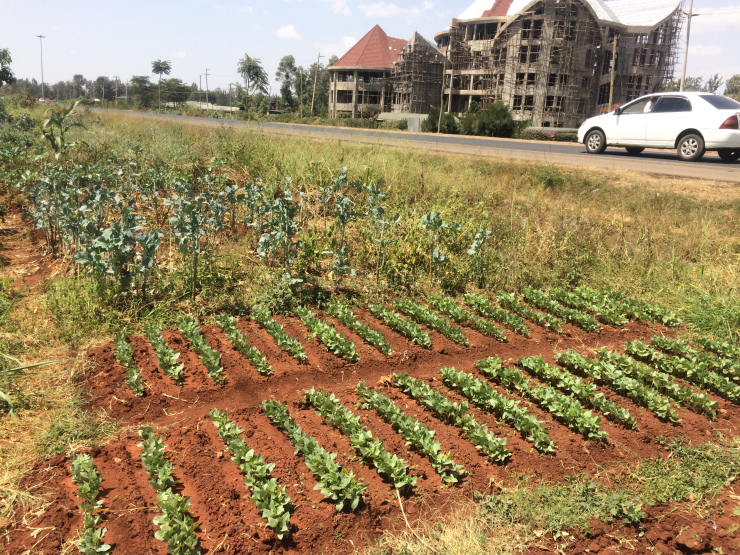
Impacts of soil Cu accumulation on soil function. Since the 19th century, Cu-based fungicides have been widely used to prevent plant pathogens in organic and conventional managements, and for annual and perennial crops. We have found that Cu-based fungicides, including next-generation nanoparticle Cu oxides, have generally deleterious but soil- and management systems-specific impacts on soil nutrient cycling mediated via extracellular enzyme inhibition, inhibiting microbial activity, and compromising arbuscular mycorrhizal fungi services to crop hosts (tomato).
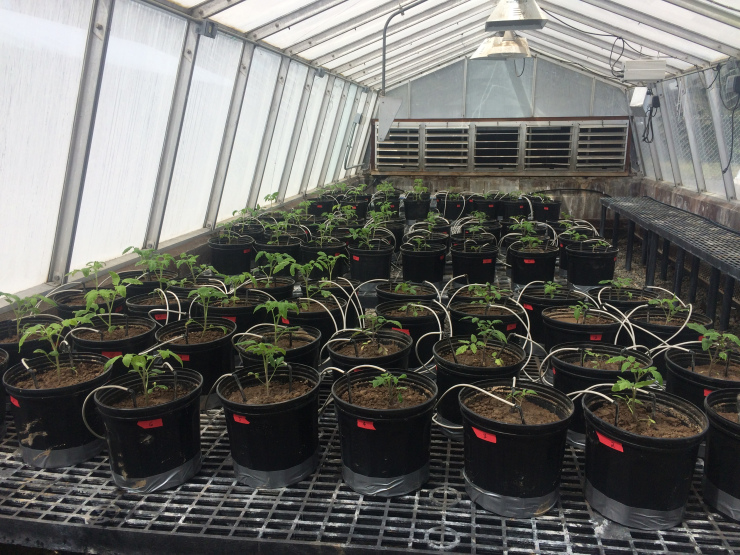
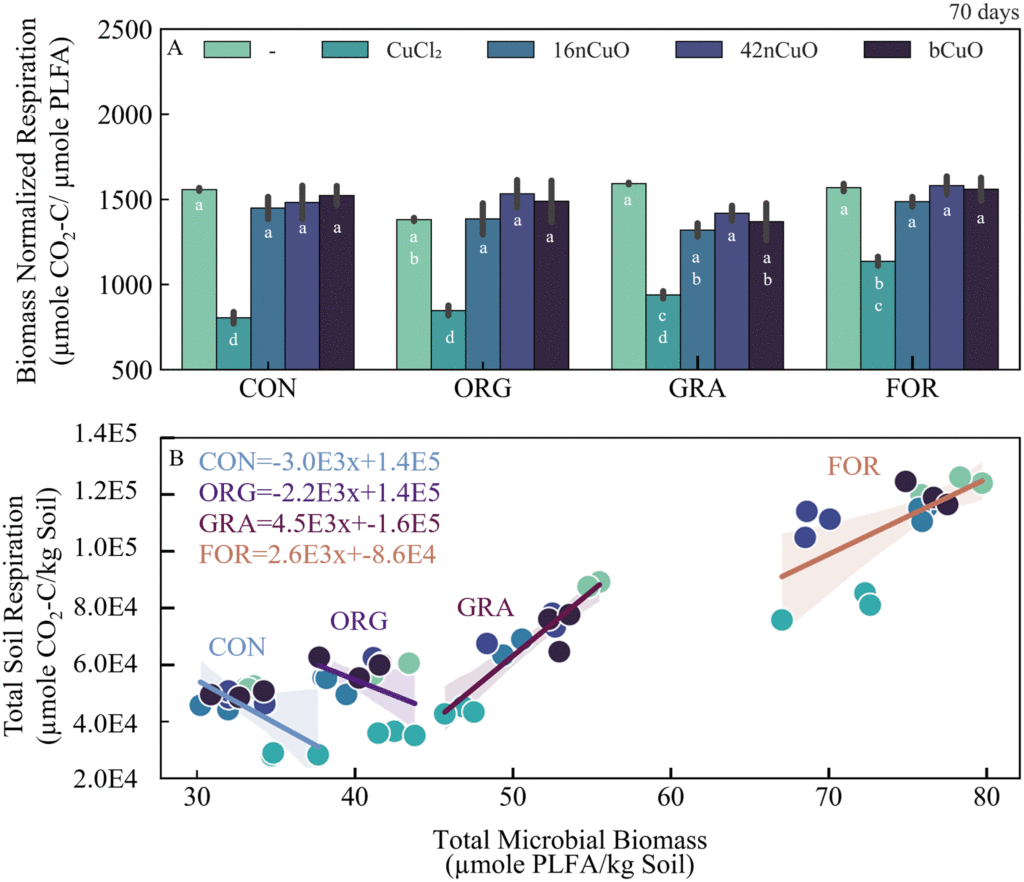
Metal contaminant distribution in Anhui Province, China. In collaboration with researchers at Nanjing University, we evaluated distribution of trace elements of human health concern across the urban-rural interface in Anhui Province as well as fluvial islands of the Yangtze River. This works identifies potential diffuse sources of contamination from industrial activities in rural croplands.
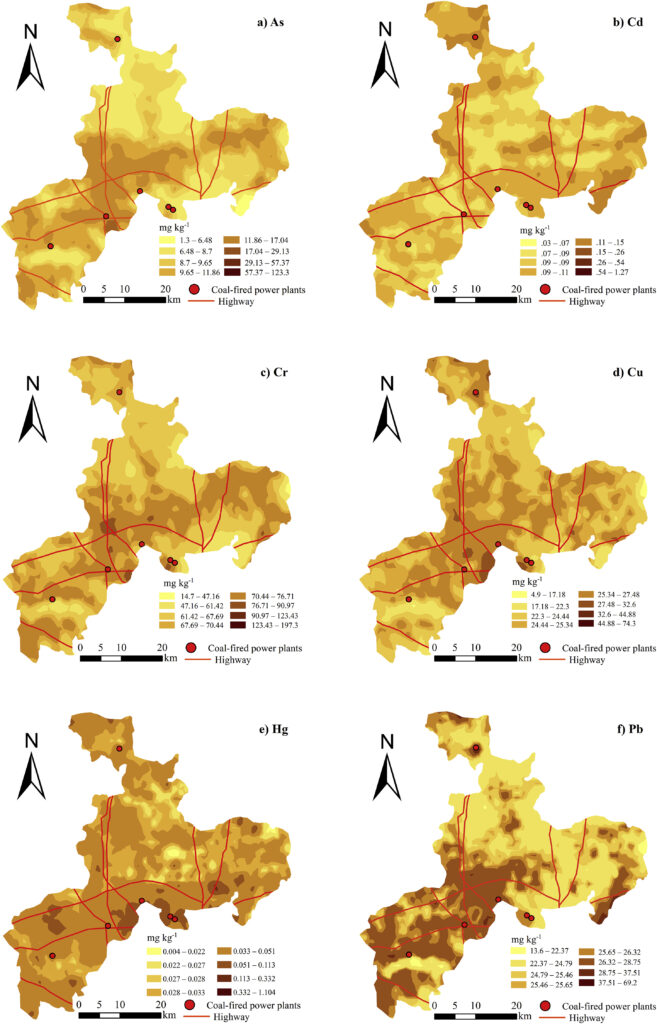
(From Fan et al. 2020) Spatial distributions of metal(loid) element concentrations (As, Cd, Cu, Cr, Hg, and Pb). The spatial distributions of Ni and Zn were not shown in the map due to the limited space.
Cd contamination in cacao agroecosystems. In the Amazonian region of Ecuador, we work with ESPOL and INIAP collaborators on Cd enrichment and uptake by cacao.